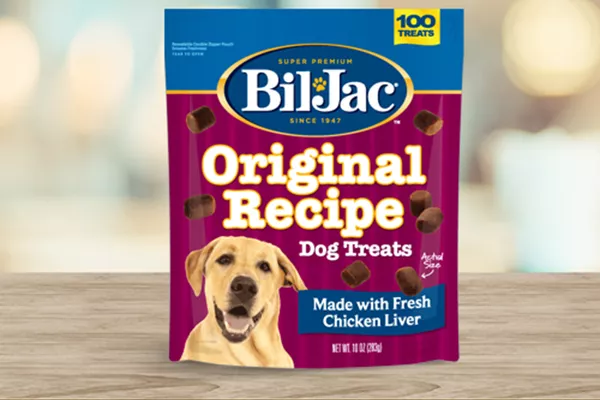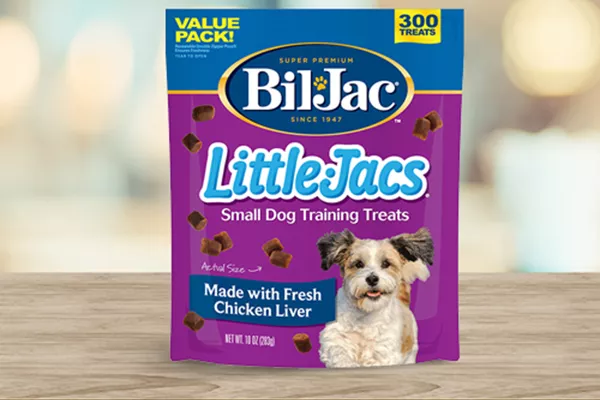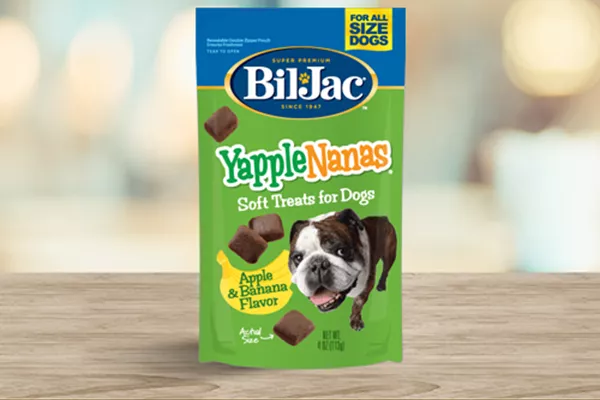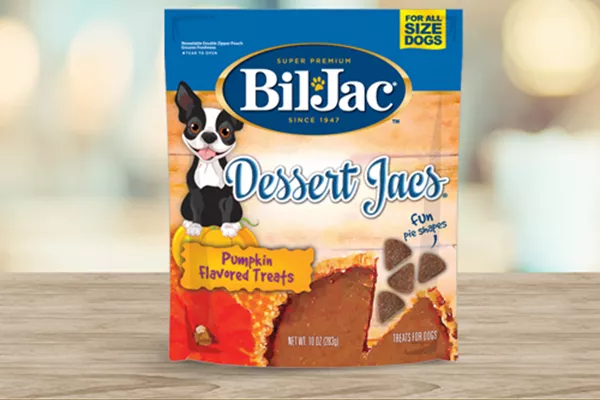It’s not uncommon for your best friend to experience distress when you are gone. In fact, 14 percent of dogs experience anxiety at some point in their lives. This anxiety cannot only be difficult for your dog, it can also make leaving your furry pal alone an uneasy experience for you too.
Whether you’re just stepping out for a quick errand or away several hours at work, no one wants to leave a stressed dog. Here’s a breakdown on what you should know in case your dog struggles with separation anxiety.
What Causes Nervousness in Dogs?
Though it’s more common for shelter dogs or puppies to experience stress when alone, we don’t know exactly why any dog may or may not develop anxiety. However, specific changes to a dog’s lifestyle or surroundings could trigger nervous behaviors.
Change in guardian or household membership
Being abandoned, surrendered to a shelter, or transitioned to a new pet parent can be a traumatic experience for a dog. A sudden loss in the family, either death or moving away, can also cause your furry friend to feel those same feelings of distress or abandonment.
Change in schedule
Dogs thrive in a routine environment. An abrupt change in their day-to-day schedule, such as taking an extended period off work then returning and leaving your dog alone for several hours, may cause your furry family member to experience anxiety.
Change in residence
A new, unfamiliar home can trigger separation anxiety when alone in a house your dog has not become comfortable with yet.
Lack of human leadership
Dogs are pack animals. In a pack, the leader is allowed to leave. If you’re seen as the follower rather than the leader, your dog may become anxious about your absence.
Common Signs of Separation Anxiety
Pet parents may find that their dogs have been destructive or disruptive when bored or anxious when left alone. When this happens, it’s important to determine whether your dog’s behavior is actually separation anxiety.
Separation anxiety happens when a dog is hyper-attached to his pet parent and suffers extreme stress when they’re gone. Though chewing can become a mischievous habit for some dogs (and corrected with proper training) while their parent is away, there are other excessive behaviors that serve as telling signs for anxiety. A dog showing out-of-the-ordinary stress when left alone may:
- Howl, bark, or whine excessively
- Have indoor accidents, even when housebroken
- Chew items up
- Scratch at windows or doors
- Pace
- Drool, pant, or salivate more than usual
- Dig or try to escape
It’s important to compare how your dog behaves while you are at home together too. If he follows you from room to room all the time, this shows he is extremely dependent on you. Frantic jumping and excitement when you walk in the door could stem from him being nervous when you are gone. If he begins to pace, drool, or bark excessively before your leave, it may mean he knows he’s going to be left alone and is already stressed.
What Not to Do if Your Dog Shows Signs of Distress
If your dog is showing signs of anxiety while you’re away, it’s important to never punish him for being destructive. Your dog is acting out because he’s nervous while alone, not because he’s trying to get revenge. You should only scold your dog if you catch him in the act.
How to Ease Your Dog’s Separation Anxiety
If you notice sudden changes in your dog’s behavior, speak with your veterinarian first to rule out any medical issues and discuss whether medication is the best route for severe cases. If your dog is in good health and may just need some minor help to lower his stress level while alone, here are a few tips.
Allow for regular exercise and playtime
A tired and well-exercised dog will be less likely to experience boredom while you’re gone or exert their excess energy through negative behaviors. Before heading out the door, try taking your dog for a walk or engaging in a playful activity to reduce stress. Rewarding your dog with a special treat before you leave may also help your dog associate your departure with a positive feeling.
Create a safe zone
Creating an environment where your dog feels safe while you are gone is key to keeping your furry friend calm while you’re away. Many pet parents may consider crate training to keep your dog safe and out of any trouble. However, for some dogs, crates and confined spaces may only induce more stress. If your dog doesn’t do well inside a crate, putting up a gate may be the next best option to keep your dog in a part of the house without complete confinement.
Rely on a dog sitter or doggy daycare
If you need to spend a long duration of time away from home, consider taking your dog to doggy daycare or leaving your best bud with a trusted dog sitter. Having a companion while you’re gone can help alleviate some of your dog’s loneliness without you – and give you peace of mind, too, that your favorite furball has a chance to play and be happy!
Choose a high-quality dog food
A healthy diet is an essential part of your dog’s wellbeing. Feeding a super-premium dog food, such as Bil-Jac Dog Food, and sticking to a feeding routine can help ensure your dog receives the appropriate daily nutrients needed. A proper diet will also provide support should stress and anxiety cause any unhealthy behaviors, such as lack of appetite and weight loss.
Keep calm when leaving and coming home
Your furry friend may often react based on your energy. When you’re preparing to leave the house or after you’ve returned, always act calm. Working your dog up will only reinforce their behavior, rather than showing your dog that coming and going is natural.
—
It can be a difficult experience when your dog suffers from anxiety while you’re apart. Though some dogs may just be more prone to stress, the goal is to help get your dog to a place where they can tolerate being alone. With a little consistency, a healthy routine and even support from your veterinarian, you can help your dog take the proper strides to managing anxiety when alone.
Looking for more pet parenting information to keep your four-legged family members safe and happy? Join our Best Friends Club to receive our exclusive email newsletter full of informative articles, care tips, and members-only discounts on Bil-Jac dog food, treats, and other products.




